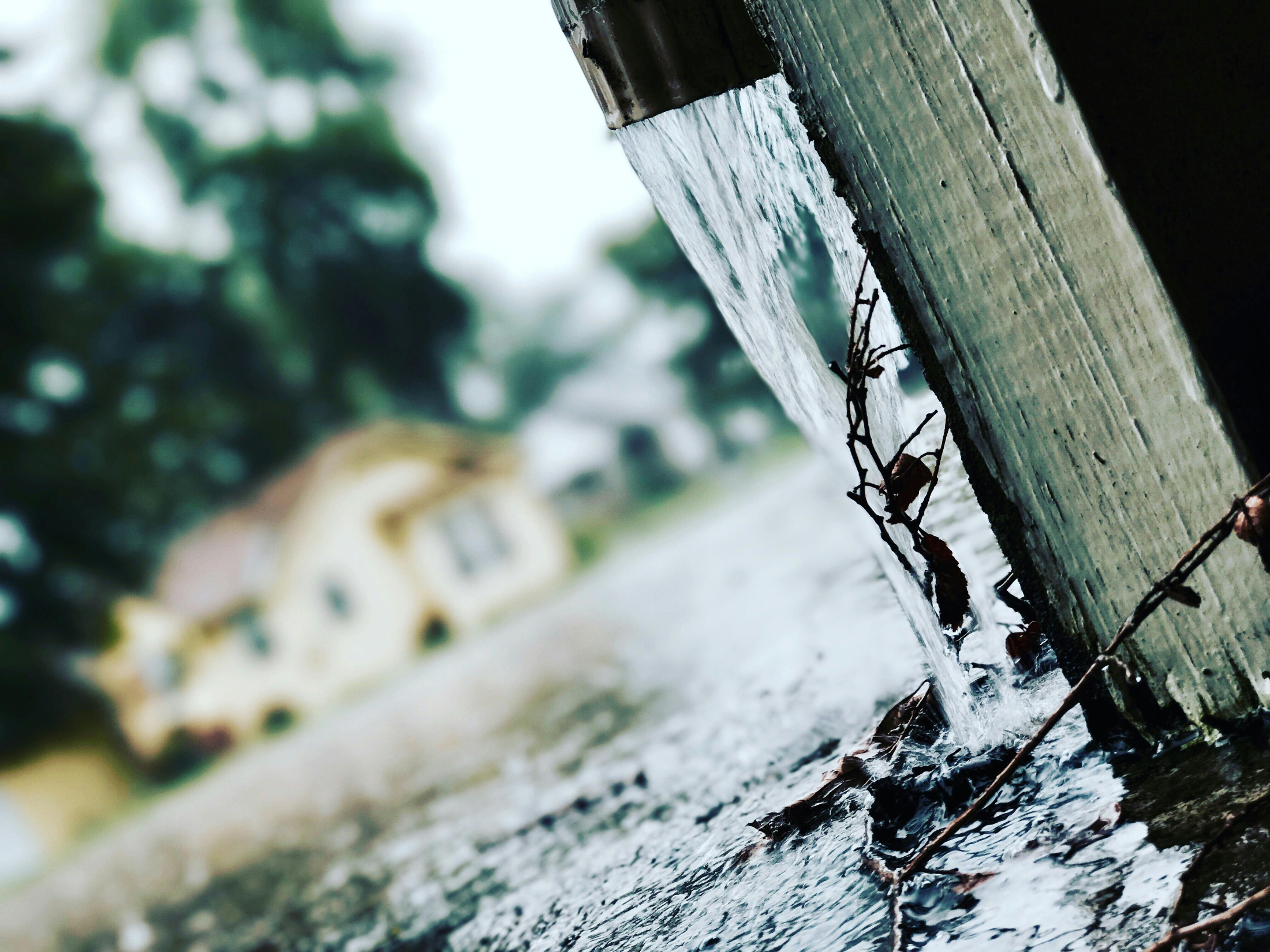As the calendar turned to spring, many in the real estate community were anticipating renewed buyer energy. Instead, March 2025 delivered a clear message: the housing market across Burlington and the Greater Hamilton Area (GHA) is adjusting — and doing so quickly. Sales have dropped across all major subregions, inventory is climbing, and economic headwinds from international trade tensions and rate changes are reshaping buyer and seller behaviour alike.
This isn’t a short-term blip — it’s a structural shift. And if you’re a homeowner, investor, or buyer trying to make sense of it all, here’s what you need to know.

A Sharp Decline in Sales Despite Spring Momentum
March is historically one of the most active real estate months in Southern Ontario. But this year, the numbers told a different story. According to the latest data from the REALTORS® Association of Hamilton-Burlington, residential sales across the entire RAHB market area fell by 23.5% month-over-month and were down 4.5% year-over-year.
In Hamilton, March sales dropped from 565 in February to just 444 transactions, marking a 21.4% month-over-month decrease and a 6.7% decline year-over-year.
Burlington, part of Halton Region, was hit even harder. March saw only 200 home sales, compared to 327 in February — a staggering 38.8% drop month-over-month, and down 13% year-over-year.
Over in Niagara North, the story was similarly bleak, with sales falling 40.1% compared to the previous month, and 4.6% compared to March 2024.
Even the traditionally robust Toronto market saw a 23% decline in monthly sales. These aren’t just cooling signs — they’re indicative of a shift in the underlying forces of supply and demand.

Listings Are Climbing, Competition is Growing
While buyers pulled back, sellers entered the market in greater numbers. New listings across the RAHB region increased by 19.6% from February, with a total of 1,692 homes listed in March.
In Hamilton, new listings rose by 12.3%. Burlington saw a 22.8% increase, and Toronto listings jumped nearly 30% in just one month. Only Niagara North bucked the trend, with a 13.4% decrease in new listings.
This growing inventory, paired with falling sales, has driven the sales-to-new-listings ratio down to 41.9% — the lowest seen in over a year. For context, anything below 40% is considered a buyer’s market, and while we’re not quite there yet, we’re getting close. Homes are spending more time on the market, and buyers have more choice, leverage, and time to make decisions.

Why Is Demand Dropping? The Economy Is Sending Mixed Signals
While it’s tempting to point to interest rates alone, the current slowdown is more complex. A significant factor affecting buyer confidence in March was the re-escalation of Canada-U.S. trade tensions. The United States, under new executive direction, reinstated tariffs on Canadian aluminium, steel, and other key raw materials — a move that has had a domino effect across the Canadian economy.
These tariffs are especially relevant in Hamilton, where manufacturing and steel production are deeply tied to the local economy. The uncertainty surrounding export demand, job security, and corporate investment has spooked both buyers and developers. Builders are facing higher material costs, causing delays in new housing starts and upward pressure on pricing. For consumers, the perception of economic instability has led many to hold off on major financial decisions, including home purchases.
These conditions are not isolated to Hamilton. The construction sector across Ontario is now facing increased costs on everything from structural framing to HVAC components — all of which affect either the price or timeline of housing delivery. Even in higher-income areas like Burlington, the trickle-down effect of these macroeconomic shifts has eroded market momentum.

The Rate Cut: Too Little, Too Late?
In an effort to provide some economic relief, the Bank of Canada lowered its overnight interest rate by 25 basis points in March, bringing the policy rate to 2.75%. This was the first cut since rates peaked in 2023, and it's aimed at making borrowing cheaper to stimulate homebuying and business investment.
While this is a positive development for affordability on paper, the actual impact in March was limited. Buyers remained cautious, and lenders are still stress-testing applicants at much higher qualifying rates. It’s also worth noting that the rate cut came after the market had already begun to slow. As a result, we didn’t see a sudden influx of buyers returning to the market last month — though we may yet see some momentum build in April and May if confidence returns.

Buyers: A Window of Opportunity Has Opened
For active buyers, this market shift offers potential advantages not seen in recent years. The increase in inventory gives buyers more selection, and sellers who need to move are becoming more flexible on pricing and terms. Multiple offers are becoming rarer, and homes that were once snapped up in days are now sitting on the market for weeks.
With interest rates slightly lower and less competition, this could be a strategic time to buy — especially for upsizers who are less impacted by small shifts in borrowing costs and who can negotiate more aggressively on move-up properties. However, buyers should proceed with clarity. Economic risk still looms, and it’s essential to work with professionals who can help evaluate long-term value, not just short-term deals.

Sellers: The Market Has Changed — So Should Your Strategy
Gone are the days of underpricing and letting the market drive offers skyward. Today’s sellers need to be precise, realistic, and strategic. Overpricing in this market will lead to prolonged time on market and missed opportunities.
Homes that are turnkey, well-maintained, and priced in line with recent comparables are still moving — especially in family-oriented areas of Burlington and established Hamilton neighbourhoods. But even the best product requires marketing, staging, and negotiation expertise. Sellers need to prepare for longer timelines and ensure they are working with agents who understand how to price and position homes in a cooling cycle.

Looking Ahead: April and Beyond
It’s clear that March 2025 marked a turning point in our regional real estate landscape. Whether this is a temporary adjustment or the beginning of a longer rebalancing remains to be seen. Much will depend on whether the Bank of Canada makes further rate cuts, how the federal government responds to U.S. tariffs, and whether consumer confidence can recover heading into the heart of the spring market.
For now, both buyers and sellers in Burlington and Hamilton should proceed with informed caution — and with the help of professionals who know how to navigate markets in flux.
























